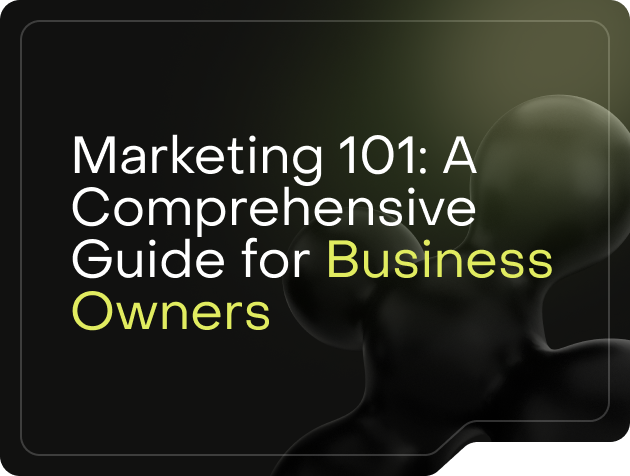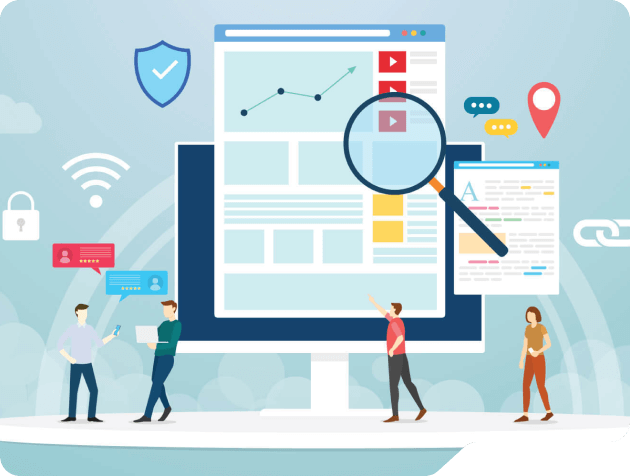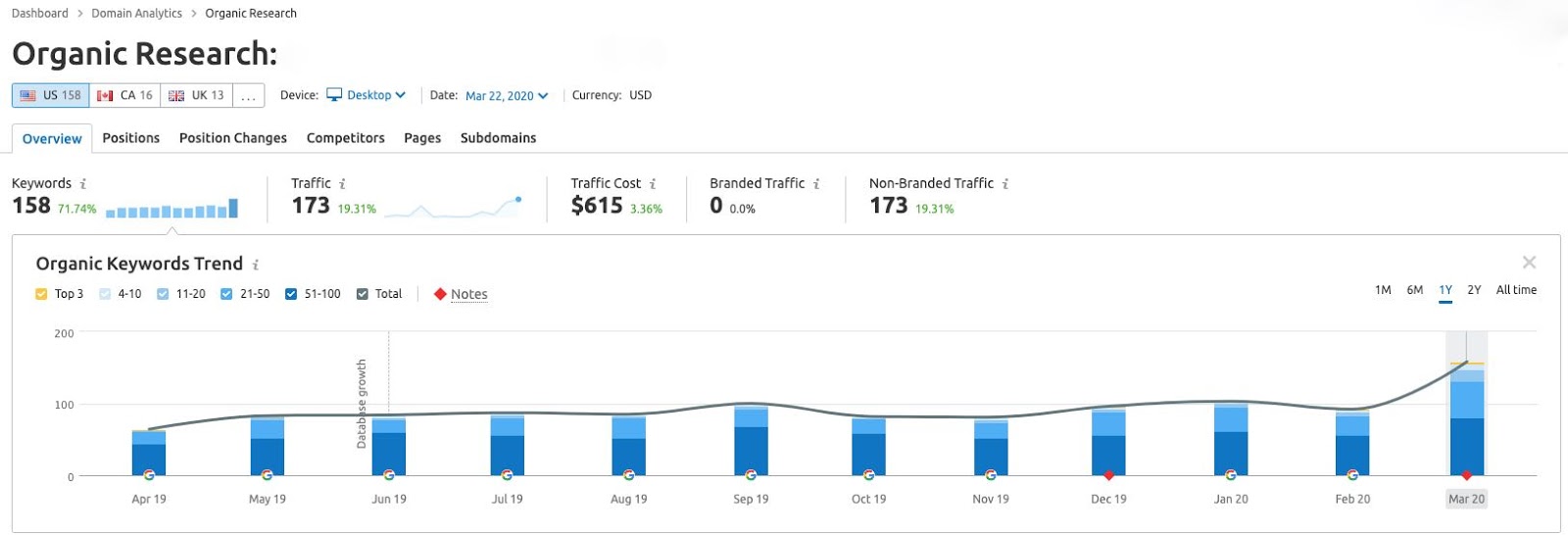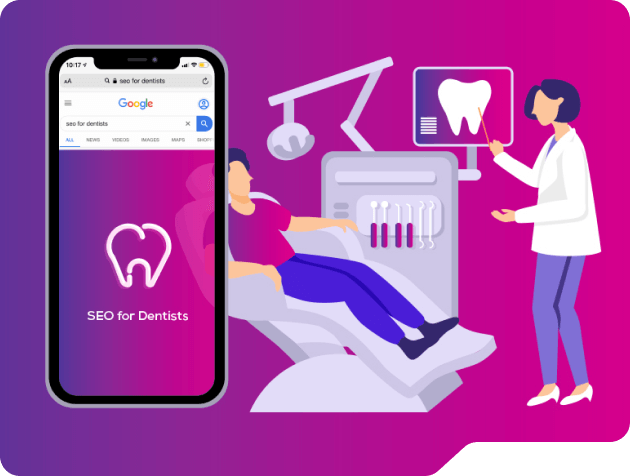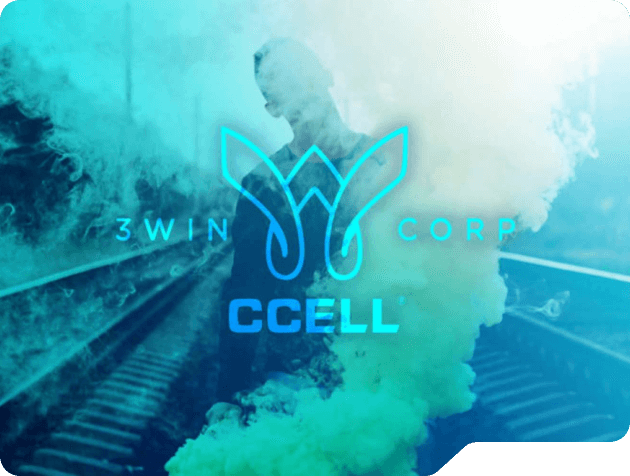In today’s digital age, having a solid online presence is pivotal for any business striving for success. With millions of websites competing for attention, guaranteeing your website achieves a top position in search engine listings is paramount. Search Engine Optimization is about more than climbing the ranks of search engine results; it’s about strategically attracting the right audience and converting them into loyal customers.
As a business owner, you likely understand the significance of SEO in enhancing your online visibility and attracting potential customers. However, navigating the complex SEO world can be intimidating, particularly for those unfamiliar with the concept.
In this comprehensive guide, we’ll discuss SEO’s essential components and provide actionable methods for enhancing your online presence and attracting more website visitors.
What is Search Engine Optimization?
Search Engine Optimization is at the heart of any successful online presence. It involves refining your website and its pages to rank better positions in Google and other search engine listings. Put plainly, SEO ensures that when individuals search for keywords relevant to their business or industry, their website stands out prominently among the top results.
Think of SEO as a digital roadmap guiding users to your website amid the vast online content. By strategically optimizing your website’s content, structure, and performance, you make it easier for search engines like Google to understand and rank your site based on its relevance and authority. It’s a dynamic and ever-evolving field that requires ongoing attention and optimization to maintain and improve your online visibility.
SEO is crucial for any business thriving in the competitive digital landscape. Whether someone is looking for a local restaurant, a digital marketing agency, or a pet grooming service, SEO ensures that your business is front and center.
Why SEO Is Important for Business Owners
As a business owner, understanding SEO’s pivotal role in enhancing your online visibility and driving business growth is essential for staying ahead in today’s competitive landscape.
As the digital marketplace evolves rapidly, embracing effective SEO strategies empowers business owners to adapt and thrive amidst ever-changing consumer behaviors and technological advancements. It’s not just about being found; it’s about staying relevant and engaging in a digital ecosystem that demands continuous innovation and optimization.
SEO is pivotal in bridging your brand’s online presence with your target audience, influencing website design and content development. There’s no one-size-fits-all solution to SEO; instead, it requires a dynamic approach tailored to your industry, market segments, and brand identity.
-
Increase Visibility and Exposure
Among the millions of websites competing for attention online, distinguishing yourself from the crowd can be challenging. SEO provides the means to enhance your visibility and capture the interest of your desired audience amidst this expansive online competition.
SEO ensures that your business appears prominently in search engine results when users seek information, products, or services related to your industry. Through strategic keyword optimization, content development, and technical enhancements, SEO magnifies your website’s visibility and exposure, allowing it to attract organic traffic effectively.
Think of SEO as your digital beacon, guiding users directly to your doorstep. Investing in SEO will enhance your visibility and establish the groundwork for long-term growth and success in the digital world.
-
Target Specific Audiences
Reaching the right audience at the right time is crucial for driving conversions effectively. With SEO, you have the precision tools to target specific demographics, geographic locations, and user behaviors, ensuring your message resonates with those most likely to convert.
SEO enables you to tailor your online presence to perfectly align with your target audience’s interests, preferences, and needs. By leveraging techniques such as keyword research, audience segmentation, and content optimization, you can develop tailored strategies that directly resonate with the hearts and minds of your ideal customers.
By knowing the needs of your audience and providing valuable content that tackles their challenges, you can attract a higher volume of qualified traffic to your website and nurture long-lasting relationships with your customers.
-
Build Credibility and Trust
Credibility and trust are invaluable assets in digital marketing. They can significantly influence consumer behavior and purchasing decisions. SEO is a powerful tool for building credibility and trust for your business by establishing your website as a dependable and authoritative source within your field.
One method through which SEO increases credibility is by elevating your website’s visibility and ranking in search engine results. When users encounter your website listed among the top results for relevant search queries, they are inclined to view your business as trustworthy and dependable. Furthermore, SEO fosters the development of top-notch, informative content that highlights your proficiency and caters to the requirements of your audience.
You can position yourself as a trusted advisor and thought leader in your industry by consistently delivering valuable content that educates and informs your audience. SEO enhances credibility and fosters more profound connections with your audience, ultimately increasing trust and loyalty.
-
Cost-Effective
One of the remarkable aspects of SEO is its cost-effectiveness compared to traditional marketing methods. While avenues like print advertising or television commercials can quickly drain your marketing budget, SEO offers a more sustainable and budget-friendly alternative.
Investing in SEO allows you to reach a broader audience without breaking the bank. Unlike paid advertising, where you must continuously allocate funds to maintain visibility, SEO provides long-term benefits with less investment. Enhancing your website and content to rank organically in search engine results allows you to attract quality traffic without incurring additional costs per click or impression.
SEO allows you to focus on specific keywords and demographics, ensuring that your marketing endeavors target those most likely to convert into customers. Investing in SEO boosts your online visibility and optimizes your marketing budget for maximum impact and efficiency.
Steps to Boost Your Online Visibility
In today’s fiercely competitive digital landscape, businesses that aim to enhance their online visibility and extend their reach to a broader audience must adopt effective SEO strategies. These strategies are designed to improve search engine rankings, increase organic traffic, and broaden digital footprints.
-
Keyword Research and Strategy
Meticulous keyword research is at the heart of every successful SEO campaign. This crucial process involves delving deep into your target audience’s mindset to uncover their specific terms when searching for products or services like yours.
Crafting a comprehensive keyword strategy goes beyond simply selecting popular keywords. It requires a keen understanding of user intent and using long-tail keywords tailored to address specific queries. Although these keywords may show lower search volumes, they frequently enhance conversion rates by targeting users closer to making a purchase.
By understanding user intent, you can align your keyword strategy with your audience’s needs and desires, ensuring that your content resonates effectively.
-
On-Page Optimization
On-page optimization is like fine-tuning your website’s engine to operate at its peak on search engine result pages. It involves meticulously adjusting various elements directly on your website to make it more appealing and relevant to search engines. This includes optimizing meta tags, headings, and internal links to ensure they align seamlessly with search engines like Google’s algorithms.
Integrating strategic keywords organically within your content enhances your search ranking and the value you provide to your audience. By incorporating these keywords thoughtfully, you improve visibility and offer valuable information that resonates with your target audience.
Focusing on on-page optimization allows you to refine critical elements like website loading speed, mobile responsiveness, and user-friendly navigation.
-
Content Creation
In the digital realm, content marketing is the cornerstone of boosting online visibility and driving traffic. It’s more than just words on a page; it’s about crafting valuable, engaging content that resonates with your target audience. Every content you produce, from blog posts to videos, should be strategically designed to attract and retain your audience’s attention.
Effective content creation begins with understanding your audience’s needs, interests, and pain points. Thorough research and keyword analysis help you identify relevant topics and themes to focus on. By addressing your audience’s queries and providing solutions to their problems, you can position yourself as a trusted authority in your industry.
Whether educational articles, entertaining videos, or insightful infographics, delivering valuable content builds credibility and trust with your audience. This ultimately drives organic traffic and fosters business growth.
-
Link Building Techniques
Link building involves acquiring backlinks from external websites to improve your site’s authority and credibility in the eyes of search engines. By acquiring backlinks from authoritative external sources, businesses can enhance their website’s credibility and establish themselves as industry leaders.
An effective link building technique is outreach, which allows you to contact other website owners or bloggers in your industry to request backlinks. Another link-building technique is crafting compelling, shareable content, which lies at the heart of effective link building. You can naturally attract backlinks from reputable websites seeking to reference and endorse your valuable content by producing high-quality articles, infographics, and resources that resonate with your target audience.
Businesses can harness the transformative power of link building to propel their digital success to new heights.
-
Mobile Optimization
Optimizing your website for mobile devices is not merely an option but a necessity in the current mobile-focused landscape. With a substantial portion of internet traffic originating from smartphones and tablets, ensuring a flawless mobile experience is crucial for improving your online presence and effectively interacting with your audience.
Mobile optimization involves more than responsive design; it’s about creating a tailored experience that caters to mobile users’ unique needs and behaviors. From fast loading times to intuitive navigation and touch-friendly interfaces, every aspect of your mobile site should be optimized to deliver a frictionless browsing experience.
You can enhance engagement, decrease bounce rates, and ultimately facilitate more business conversions by guaranteeing a seamless and user-friendly mobile platform.
-
Local SEO Strategies
Local SEO strategies help businesses connect with their target audience in specific locations. Whether you operate a brick-and-mortar store or offer services to local customers, optimizing your online presence for local search is essential for generating leads.
Local SEO strategies enhance your website and online listings to prominently feature in local search outcomes. One of the most effective local SEO strategies is optimizing your website’s content with location-specific keywords and phrases. By incorporating city names, neighborhoods, and other geographic identifiers into your website’s content, you can indicate to search engines the relevance of your business to local queries in your area.
Implementing these local SEO strategies can increase your business’s visibility in local search results, attract a larger local customer base, and propel growth and success within your target market.
Tracking Your SEO Success
Tracking SEO success is crucial for business owners who want to gauge the effectiveness of their online visibility efforts. By monitoring key performance metrics, you can acquire valuable insights and make informed decisions about optimizing your digital presence.
One essential metric to track is organic traffic, which reflects the number of visitors visiting your website through search engine results. Observing fluctuations in organic traffic across periods can help you assess the effectiveness of your keyword targeting and content optimization efforts.
Tracking keyword rankings allows you to evaluate your website’s visibility in search engine results pages. By monitoring the rankings of your chosen keywords, you can discern patterns and adapt your SEO approach accordingly to maintain or improve your rankings. Other metrics, such as conversion and bounce rates, provide insights into user engagement and your website’s overall effectiveness in converting visitors into customers.
Conclusion
In digital business, achieving and sustaining online visibility demands continuous innovation and adaptability. It’s a journey shaped by creativity, data-driven strategies, and a relentless pursuit of excellence.
At AVINTIV, we recognize the critical importance of SEO and staying ahead in this dynamic landscape. With a history of over 12 years and a portfolio boasting the growth of more than 400 brands, our agency stands ready to empower your business for success in 2024 and beyond.
If you are ready to elevate your business to new heights and exceed your goals, our team of strategists is here to help. Reach out to us today, and let’s collaborate to drive innovation, growth, and success for your brand in the fast-paced and continuously changing world of digital marketing.
After all, brands choose to partner with AVINTIV when they want to do one thing: GROW!



